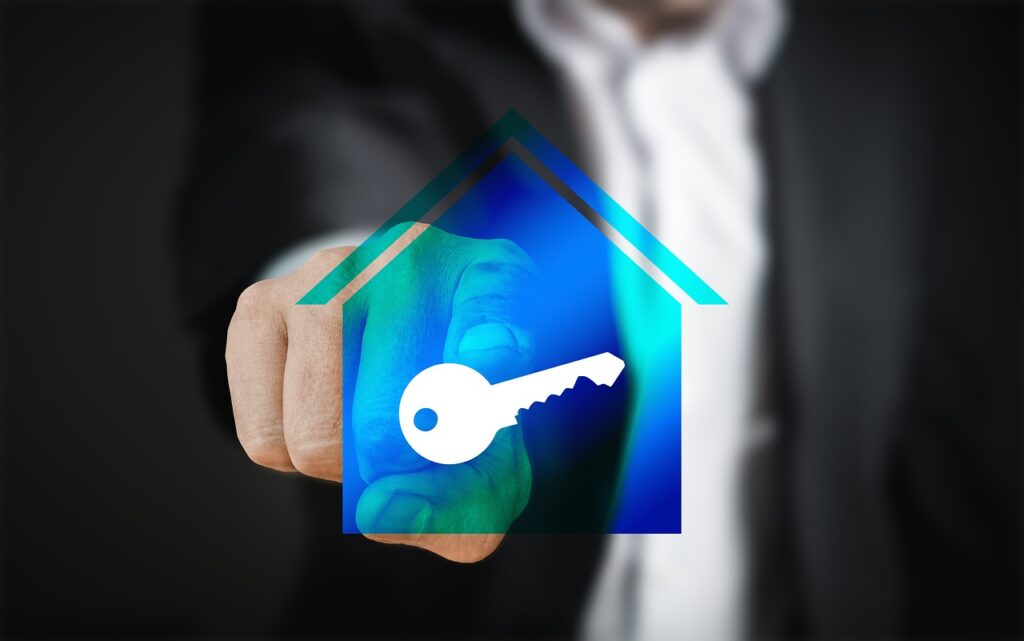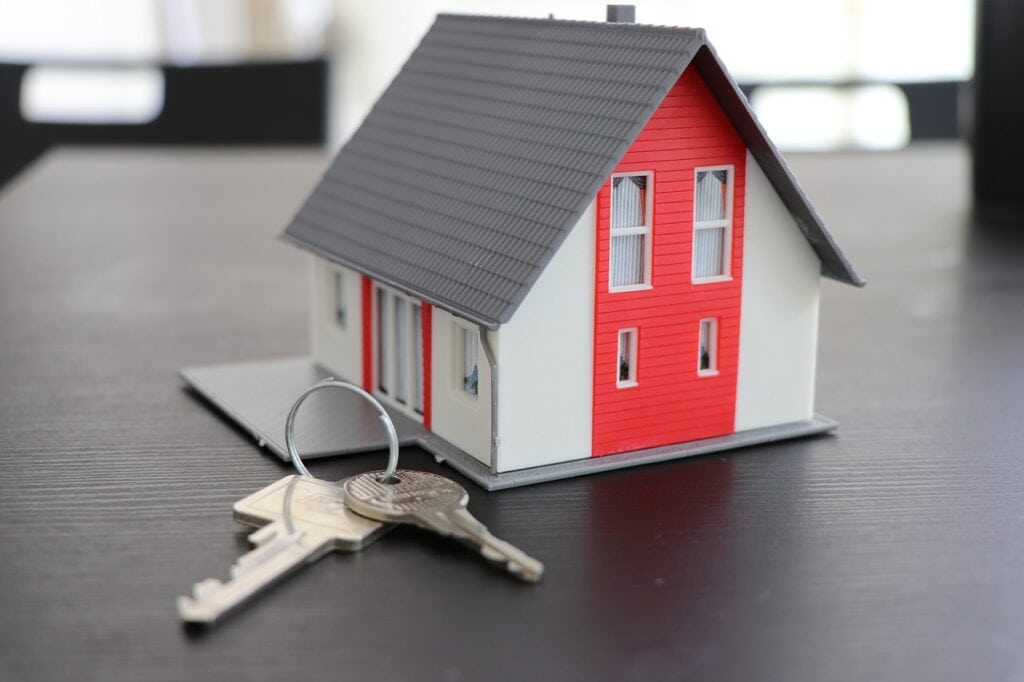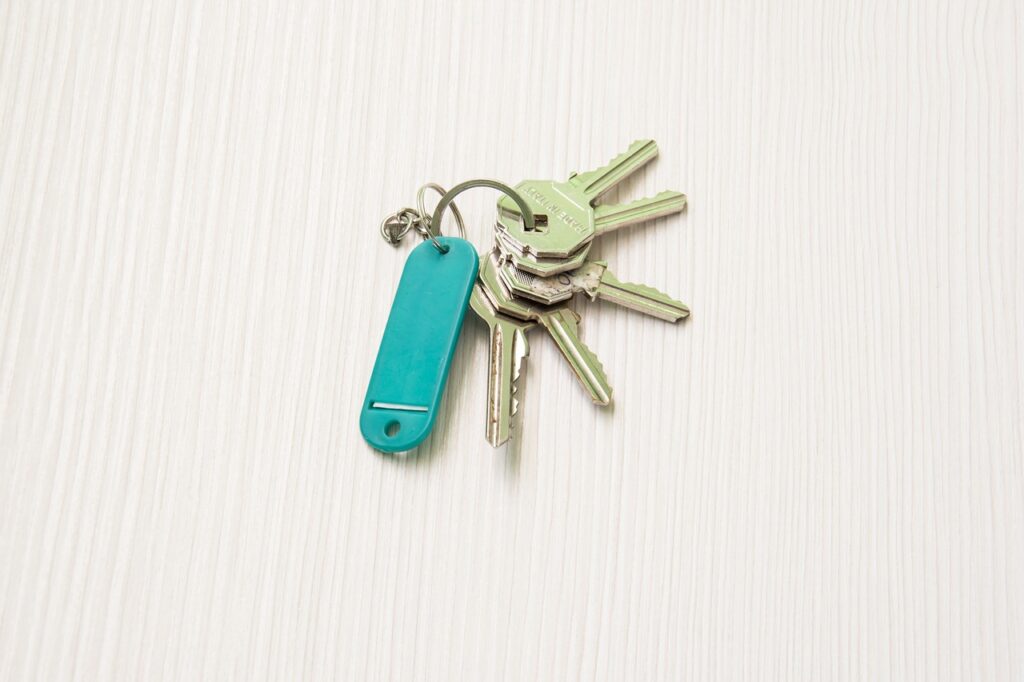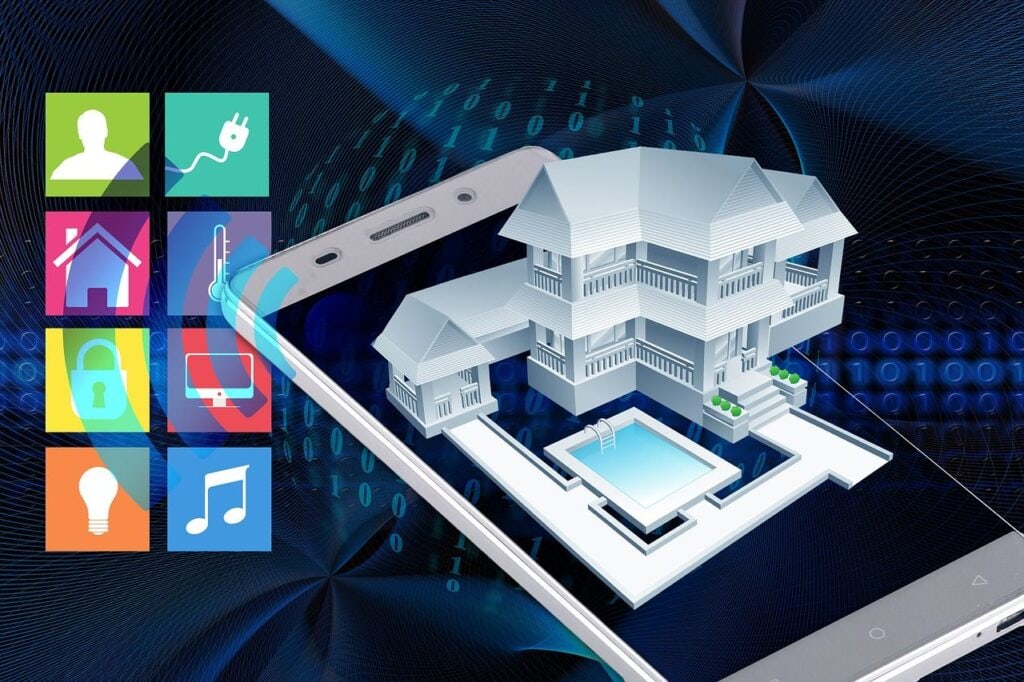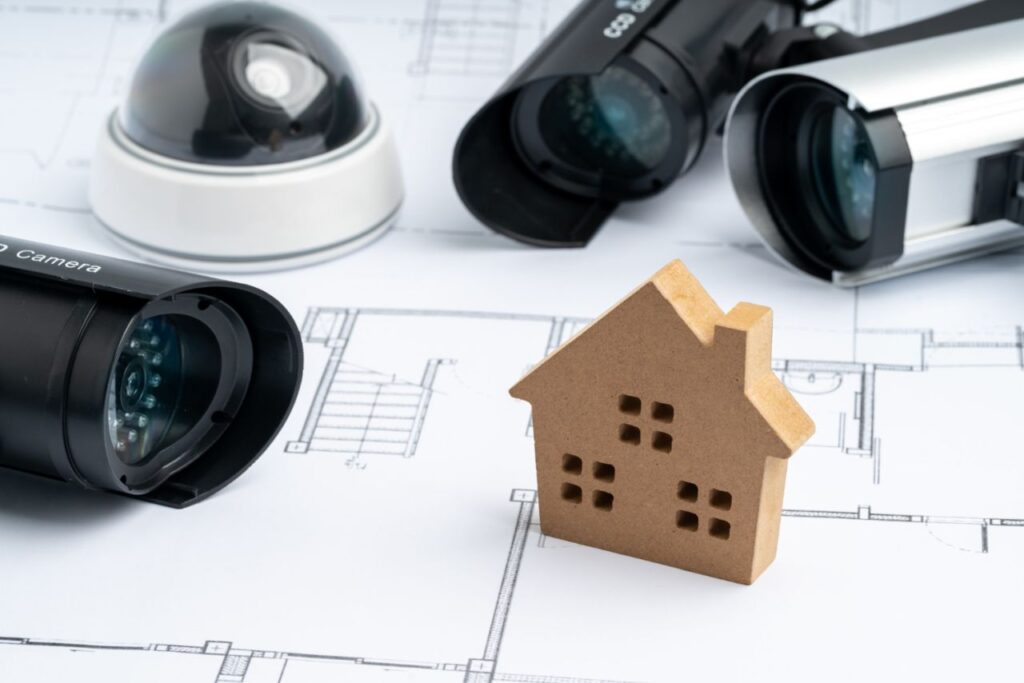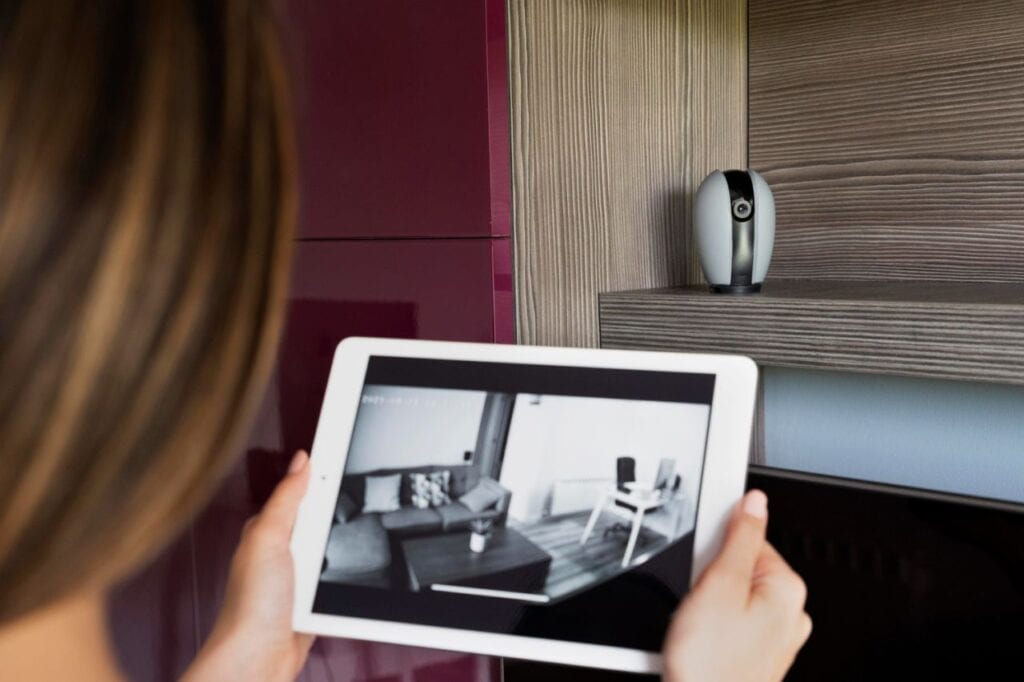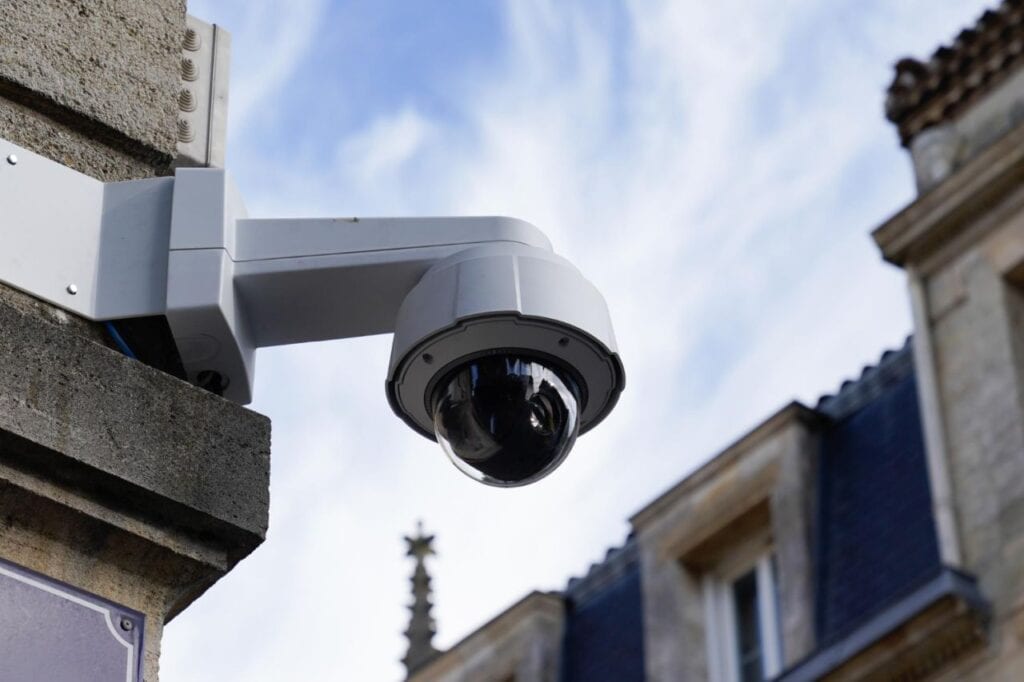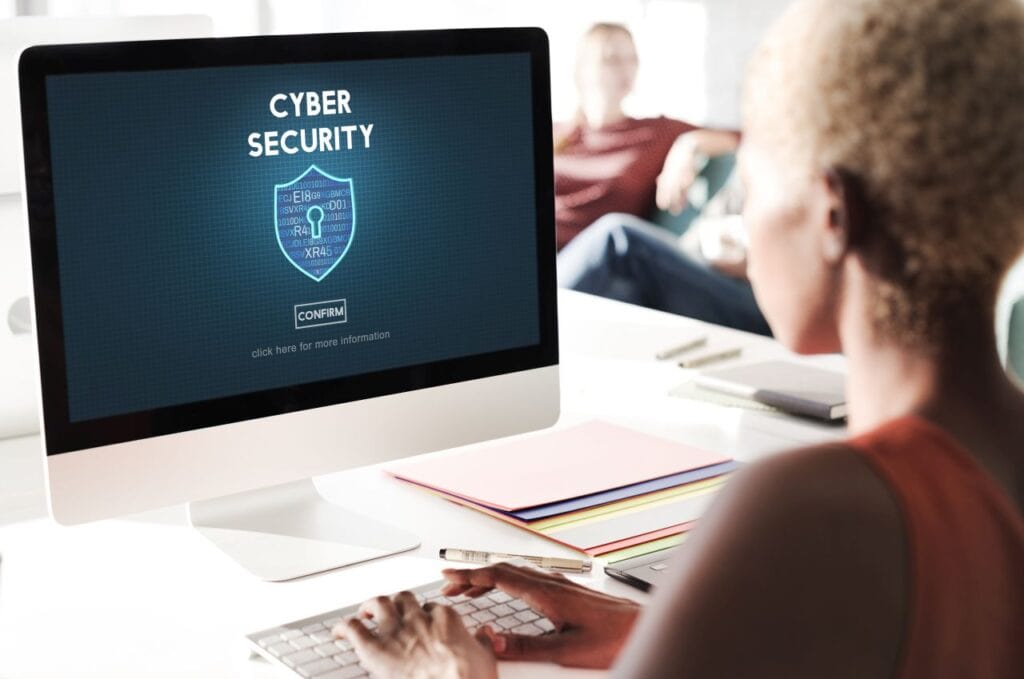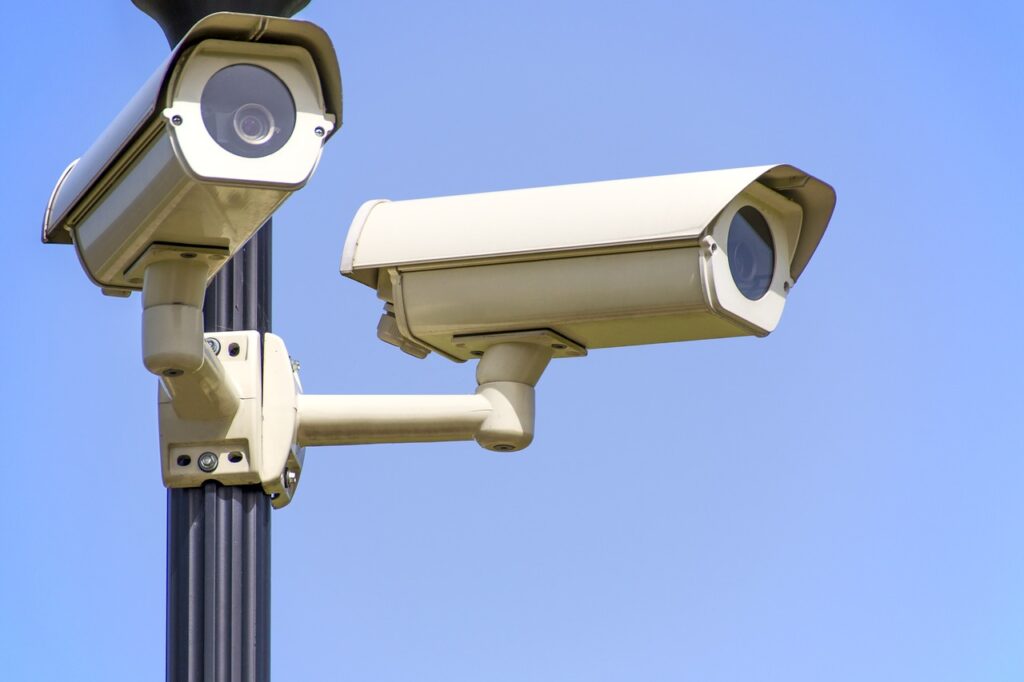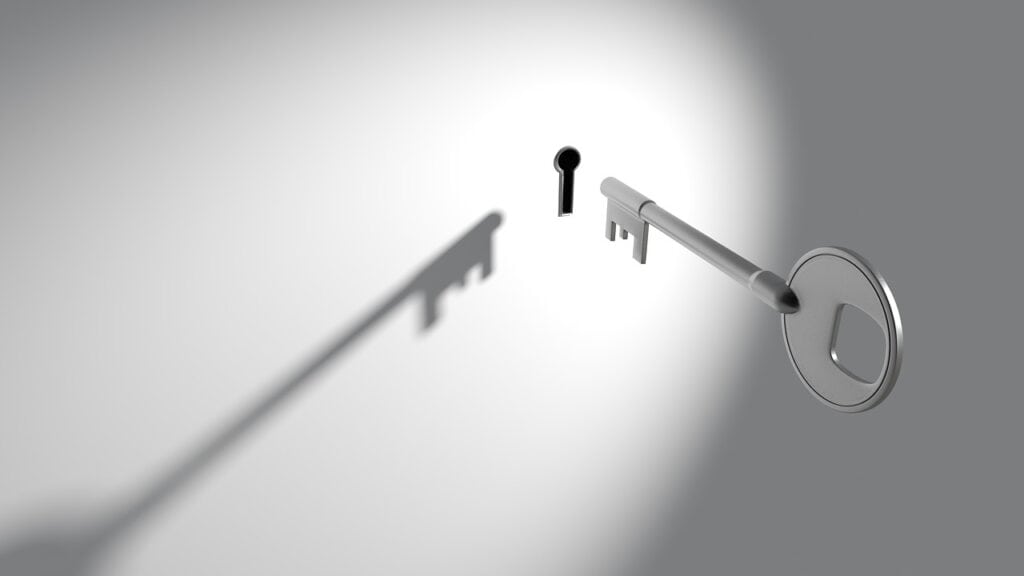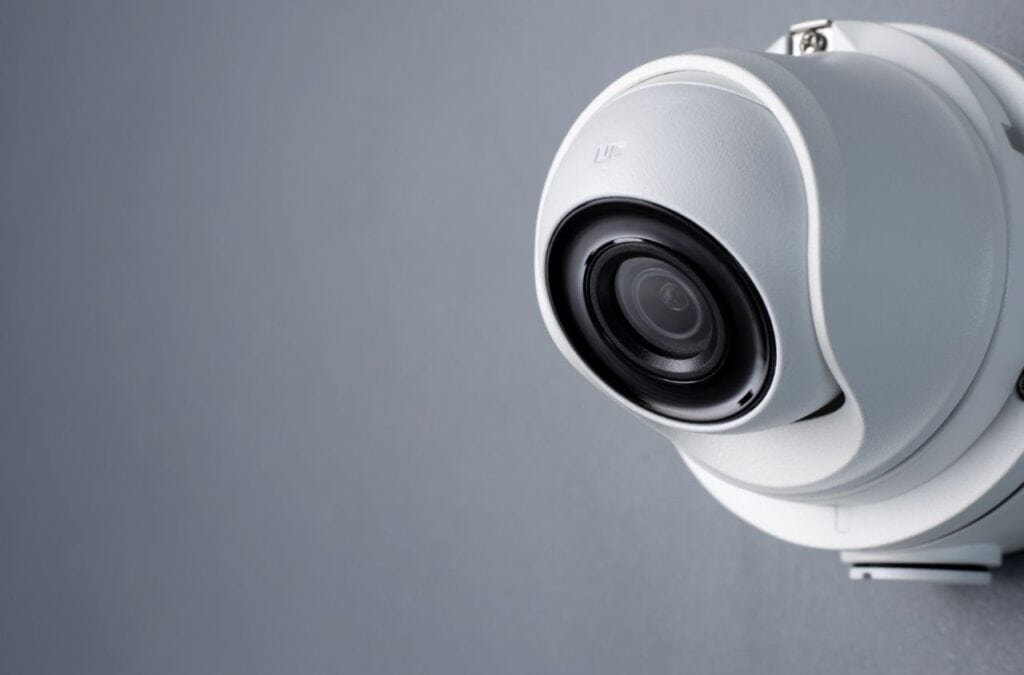Now more than ever, choosing the best home CCTV system is important in keeping your family safe. "What are the most important factors to consider when selecting a home CCTV system?" is a common enquiry.
A thorough investigation into the essential elements that are vital to the selection process is prompted by this question.
Camera quality, resolution, storage capacity, and integration capabilities determine a CCTV system's effectiveness. To make educated judgements, homeowners must keep up with the newest features and technological developments.
With any luck, this primer on home CCTV systems will help people make informed decisions based on their unique security requirements by illuminating the most important factors to think about.
Things You Should Think About When Choosing A CCTV Surveillance System
Installing home surveillance cameras is a smart move for several reasons, including reducing insurance premiums, providing strong proof in court, and discouraging criminal activity.
Thanks to technological advancements, video cameras have improved quality, recording capacity, and, most importantly, price. Additionally, with the proliferation of security camera options, there are several considerations to consider while settling on a system.
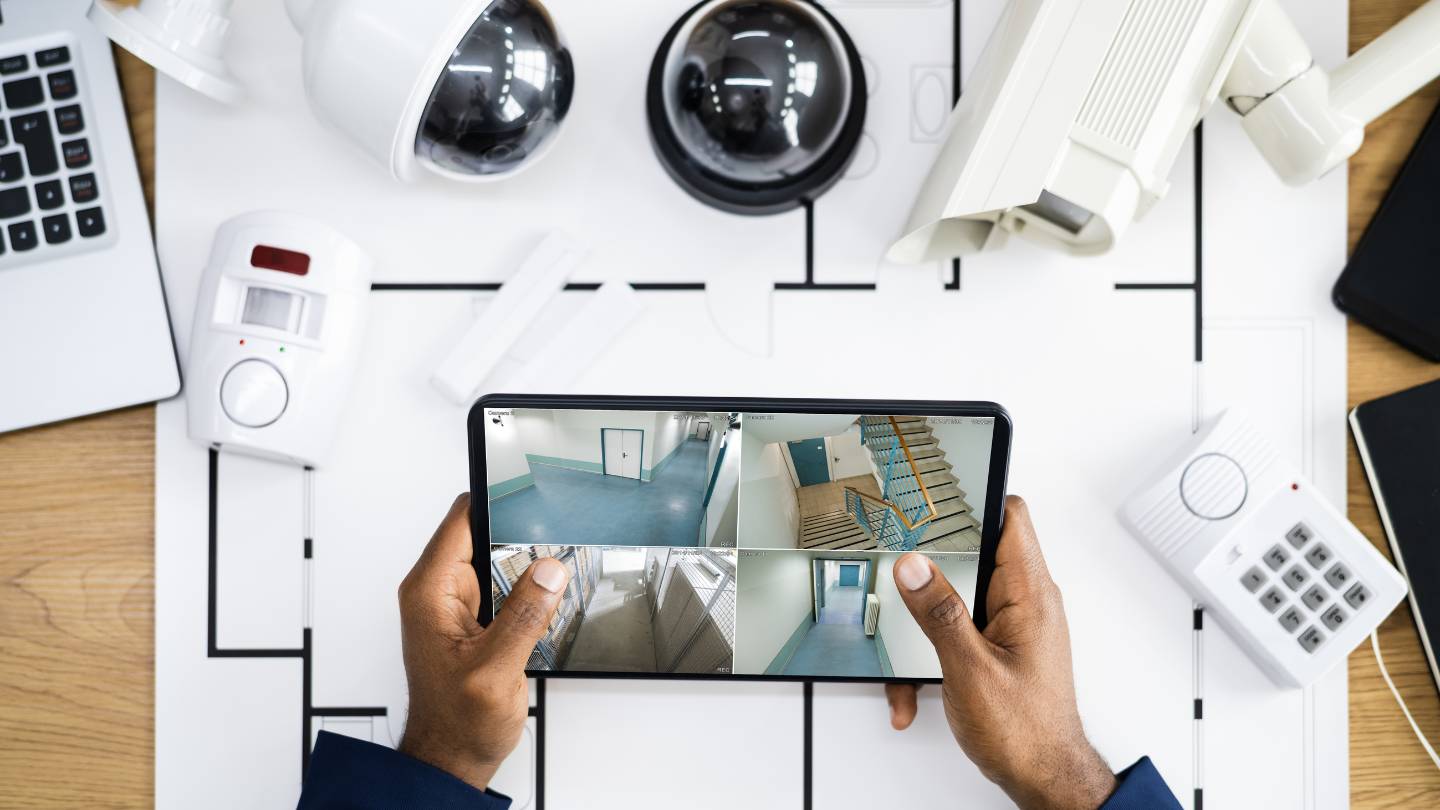
Resolution
Quality improves with increasing resolution. Nevertheless, this will necessitate more storage space for recording footage in the long term. Currently, 720p (1MP) and 1080p (1080p) are the top resolutions that the best CCTV cameras can produce.
If you need to zoom in on a person's face or licence plate, super or ultra HD with an 8x or 12x digital zoom lens is the way to go; however, most people need regular HD.
Alerts
You can get real-time video clips or still images of what's happening in front of your cameras with certain models' CCTV motion alerts. You can set up alerts for all or some of your cameras. On the other hand, if you choose only to get footage from internal cameras rather than external ones, you can also target certain cameras.
Audio
You may capture audio with your CCTV system. You can attach an external microphone to most of these gadgets, or some come with installed microphones. Optional two-way audio functions are also available to you. Thanks to this fantastic upgrade, you can now have video chats with anybody on your property.
Storage
Archiving security camera footage often takes place between thirty and ninety days. Furthermore, some cameras can upload footage to online storage services or the cloud. Another choice for some is local storage on a connected hard disc or a microSD card within the camera.
Advantages Of Privacy
When you enter the house, you can turn off some cameras, and when you leave, you can put them back on. Even at home, this will make you feel completely alone.
Sensors For Motion
Investing in a CCTV camera equipped with motion & audio sensors is a wise choice if you want a top-notch security system to protect your house or business.
When these gadgets detect anything unusual, like strange noises or motion, they will alert their users using a smartphone app. In exchange, you'll be able to react practically instantly to any danger on your property.
Night Vision
Cameras that can capture images in dim light must record nonstop for a whole day. Generally speaking, cameras have a harder time capturing distant footage at night than during the day. So, invest in gadgets with a wide field of view for the dark.
Conversely, an infrared camera is the way to go in totally dark areas. This light is typically integrated into the device and provides sufficient illumination for the camera to take pictures.
Viewing Area
The maximum range of a CCTV camera is typically determined by the lens's focal length and the size of the image sensor. Fewer cameras will be required if you invest in gadgets with a wider field of view. In this instance, a field of view of 130 to 180 degrees is ideal. In addition, a CCTV camera needs a minimum distance of 20 to 25 metres to get the best footage.
Installing It Was Easy
Their mounting and position can influence the ease of installation of CCTV cameras. Because they do not require any wiring, wireless CCTV cameras are generally the most convenient to set up and install. In contrast, a wired security system installation requires a plethora of steps.
Connectivity
Regarding networking, there are two primary varieties of surveillance cameras. A cheaper option is to use a wired camera. Digital video recorders (DVRs) receive signals from these gadgets via coax wires. Additionally, it is well-known that wired CCTV cameras are more dependable.
Conversely, wireless cameras have more benefits in portability and scalability. Plus, they're less painful to set up than wired cameras. These gadgets cost a bit more.
Location
It is important to consider the location of your security camera installation because breaches can happen anywhere. There is usually a limit to how far you can zoom and spin with most cameras. As a result, you should install home security cameras in strategic places throughout your house, in addition to sensors for your doors and windows.
Some Extra Features
As you can already tell, these devices have a lot to offer. The following are several features you can add for better benefits and advantages.
- Protection from the elements: Indoor cameras aren't shielded from heat, wind, or rain. For optimal protection against the elements, upgrading to an outdoor-rated camera is recommended.
- Flexibility: Not all CCTV cameras can be adjusted to cover moving targets. A security camera with customisable functions is the way to go if you want to zoom in and out and watch things from different angles.
- These gadgets have the flexibility to be powered by either wall outlets or batteries. For closed-circuit television cameras, power sources include solar, rechargeable, and non-rechargeable batteries.
To determine which security camera would suit your needs, the company selling them could ask you certain questions. Consequently, consider the factors above to make the finest choice that meets your requirements.
A Variety Of Security Cameras For The House
You can categorise security cameras according to their design, the way they record footage (locally or on a cloud), the power they receive, the location (in your home or business), and the connectivity (Wi-Fi or cellular signals required).
By Power
Does your camera have a built-in battery, or can it be connected to an electrical outlet? This is a crucial question to ask before buying a camera; the answer may depend on your preference, as each type has advantages and disadvantages.
- Wired Cameras: One benefit of wired cameras—usually installed indoors—is that they never need batteries replaced. Instead, they are either hardwired into our home or plugged in. On the other hand, there are a couple of drawbacks to consider. Firstly, we aren't fans of adding additional cables to our smart home, especially since it happens more frequently than we'd like. Secondly, there's a chance that the camera won't be able to connect to our app if our power or Wi-Fi goes out.
- Wireless Cameras: We had to think about the battery life; we think a year is a fair amount of time for a camera to last, even if wireless cameras are far quicker to set up than tethered ones. We must replace some batteries regularly, even though some can be recharged. The Ring Spotlight Cam Solar is one example of an outdoor camera equipped with solar panels. This means it charges itself continuously from the sun and never needs to change its batteries. See our article on Ring camera prices for more information.
By Connectivity
Surprisingly, only some have access to the Internet. In 2019, the Pew Research Centre reported that 10% of the US population cannot access the Internet.3 You may still discover a suitable security camera for your home, regardless of whether or not you have Wi-Fi.
- WiFi-Connected Cameras (Digital or IP Camera): The majority of modern security cameras are WiFi-enabled, which means that we can manage our cameras from anywhere, receive alerts when something happens, and even livestream footage. Our home monitoring went from being limited to only the local area to being able to observe what was happening at home from any location with Wi-Fi. We suggest an Internet-connected "smart" security camera for the highest level of monitoring coverage.
- Cameras That Don't Require WiFi (Analog): Cameras can still function without Wi-Fi. Although we could not stream live footage, we could view the events as they unfolded by downloading the material from the local storage onto a device like our computer. This was because most cameras record directly into micro-SD cards or hard drives.
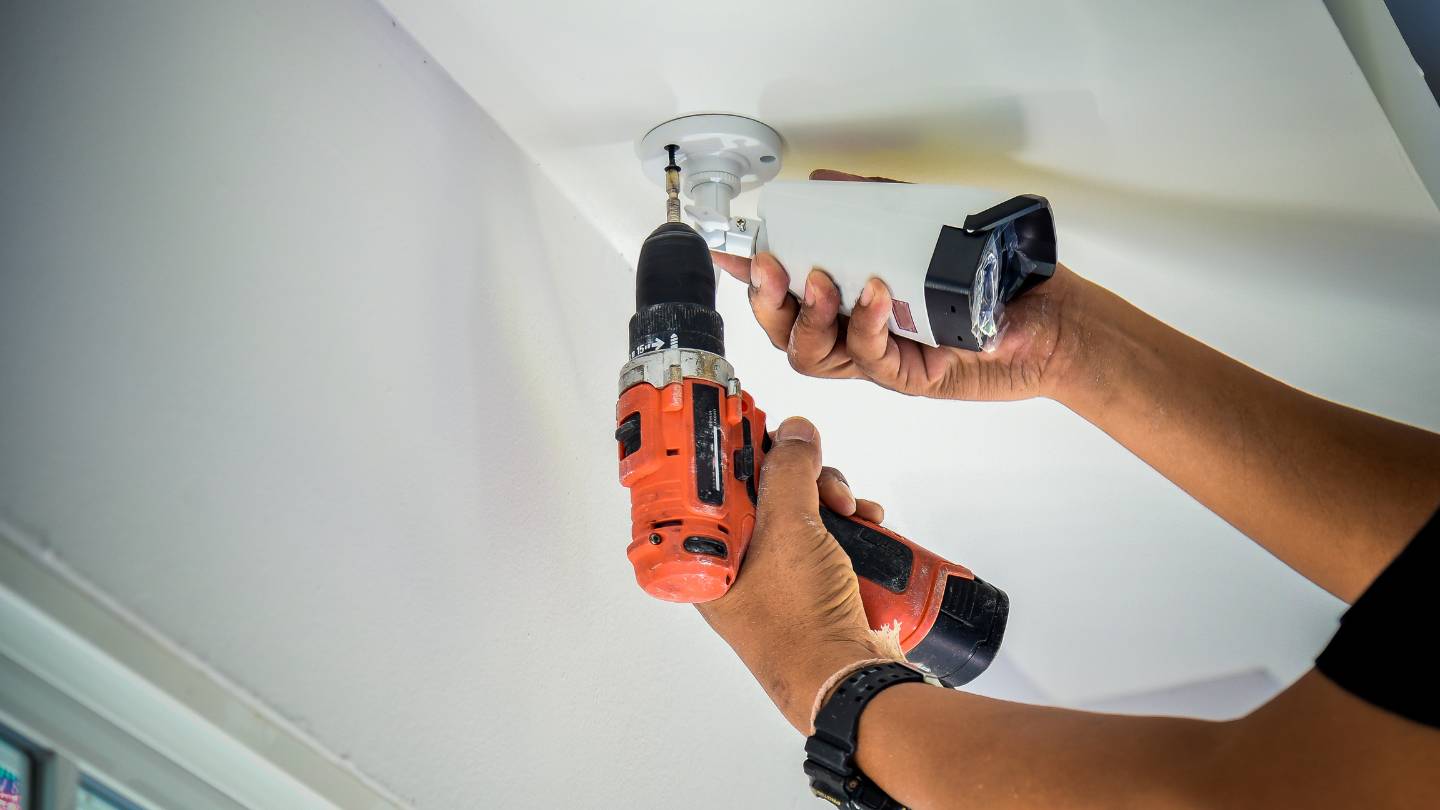
By Recording
In what ways and locations would you like your cameras to capture video? As a local recording option, a hard drive is included with DVRs and NVRs to save videos.
Technical differences are the primary differentiator between DVRs and NVRs. A digital video recorder (DVR) is tasked with digitising video footage sent by cameras that record it. These cameras are usually from a bygone age. The video is digitised before being sent to the network video recorder (NVR) by cameras that record it, allowing quicker processing and reduced data traffic.
"Cloud storage" is an additional storage option. Cameras that record to the cloud eliminate the need for a physical hard drive—at least in your home—unlike DVRs and NVRs. As long as you have access to the Internet, you can see the recordings anytime they are sent to a cloud server.
One drawback of this system is how dependent it is on the Internet. If your Wi-Fi goes out, your cameras might not start recording immediately.
- Digital Video Recorders (DVR): Digital video recorders (DVRs) are analogue cameras; they do not often have Wi-Fi connectivity and are instead hooked into security systems. A coaxial cable is the standard method of connecting the camera to the computer.
- Network Video Recorders (NVR): Most network video recorders have Wi-Fi-enabled cameras, also called IP cameras. You can get these cameras with wires or without. If they do, in fact, use wires, it's more probable that they use Ethernet cables than coaxial ones.
- Cloud Recording: The term "cloud recording" describes the practice of storing video footage on a remote server, either run by the camera's manufacturer or by an outside company. While some older IP cameras may be compatible with third-party cloud storage services like Google Drive or Microsoft OneDrive, most modern IP cameras have their subscription-based cloud storage service. In other words, you pay the business monthly or annually to have your videos saved on the cloud. If your camera were ever to be destroyed, you would still have access to its records thanks to cloud storage, allowing you to view the film from any location with an internet connection.
By Shape
Finally, consider the room you'll be shooting in before deciding on the camera's design.
- Bullet: Installing bullet cameras, which are typically wireless, on the corners of rooms allows for optimal coverage.
- Dome: Although dome cameras are more difficult to set up than bullet cameras, their placement on ceilings makes them less appealing as a theft target. Because of their spherical shape, they also offer a broader viewing angle than a conventional camera.
- Pan, tilt or zoom: The ability to pan, tilt, and zoom is useful when we only sometimes want to stay inside the camera's viewfinder.
- Box: A box camera is precisely that: a camera with a box form. Although they were more prevalent in the late 19th and early 20th centuries, these days, they aren't often used for smart home security.
- Hidden: Another rather obvious option is to disguise the camera so it blends in with its surroundings. This may be a teddy bear, a pen, or other little object. Since apparent cameras can discourage intruders, we do not advise installing covert cameras.
- Turret or eyeball camera: A turret camera, which looks like a dome camera, combines the advantages of both types of cameras in one secure and versatile unit.
Conclusion
When choosing a home CCTV system, consider factors such as camera quality, resolution, storage capacity, and integration capabilities. Technological advancements have improved the effectiveness of these systems, with 720p and 1080p being the top resolutions. Some models offer real-time video clips or still images, while others can capture audio.
Storage can be done through online services or the cloud, and some cameras can upload footage to local storage. Privacy advantages include turning off cameras when entering and returning them when leaving. Motion and audio sensors are essential for a top-notch security system.
Night vision is crucial for capturing images in dim light, and a wide field of view is ideal. Installation is easy with wireless cameras, while wired cameras require more steps. Location is important, and additional features like protection from elements and flexibility are available. Power sources include solar, rechargeable, and non-rechargeable batteries.
Security cameras can be categorized based on their design, recording method, power, location, and connectivity. Wired cameras are usually installed indoors and require no batteries, while wireless cameras have a longer battery life. Most modern cameras are WiFi-connected, allowing remote management, alerts, and livestreaming.
Analog cameras can function without Wi-Fi, but cannot stream live footage. Digital video recorders (DVRs) digitize video footage before sending it to a network video recorder (NVR), reducing data traffic. Network video recorders (NVRs) use Wi-Fi-enabled cameras, while cloud recording involves storing video footage on a remote server.
Camera shapes also play a role in their design. Bullet cameras provide optimal coverage, dome cameras offer a broader viewing angle, pan, tilt, zoom, box cameras are less attractive as a theft target, hidden cameras blend in with surroundings, and turret cameras combine the advantages of both types in one secure unit.
Content Summary:
- Choosing the Best Home CCTV System
- Key Considerations: Camera quality: 720p (1MP) and 1080p (1080p) are the top resolutions for best CCTV cameras. Super or ultra HD with an 8x or 12x digital zoom lens is recommended for zooming in on faces or license plates.
- Alerts: CCTV motion alerts provide real-time video clips or still images of what's happening in front of the cameras. Alerts can be set up for all or some cameras.
- Audio: CCTV systems can capture audio with an external microphone or some come with installed microphones. Optional two-way audio functions are also available.
- Storage: CCTV footage is usually archived between 30 and 90 days. Some cameras can upload footage to online storage services or the cloud.
- Privacy Advantages: Some cameras can be turned off when entering the house and re-on when leaving.
- Motion & Audio Sensors: CCTV cameras equipped with motion & audio sensors can alert users instantly to any unusual noises or motion.
- Night Vision: Cameras with a wide field of view for the dark are ideal for capturing images in dim light. Infrared cameras are ideal for totally dark areas.
- Viewing Area: A field of view of 130 to 180 degrees is ideal and a minimum distance of 20 to 25 meters is required for the best footage.
- Installation Ease: Wireless CCTV cameras are generally the most convenient to install due to their lack of wiring.
- Connectivity: Wireless cameras offer more benefits in portability and scalability than wired cameras.
- Location: Security cameras should be installed in strategic places throughout the house, along with sensors for doors and windows.
- Extra Features: Indoor cameras aren't shielded from the elements, so outdoor-rated cameras are recommended.
- Flexibility: Customizable functions are recommended for zooming in and out and watching things from different angles.
- Power Sources: These devices can be powered by wall outlets or batteries.
- Security Cameras for Home Security
- Power: Different types of cameras include wired, wireless, and wireless.
- Wired cameras are usually installed indoors and do not require batteries, but they can be hardwired or plugged in.
- Wireless cameras have a battery life of about a year, but some can be recharged.
- Connectivity: Internet access is limited to 10% of the US population, but some security cameras can be found regardless of internet access.
- Most modern security cameras are WiFi-enabled, allowing remote management, alerts, and livestreaming.
- Cameras that don't require WiFi (Analog) can function without Wi-Fi by downloading material from local storage onto a device like a computer.
- Recording
- DVRs and NVRs have hard drives for local recording.
- DVRs digitize video footage sent by cameras that record it, while NVRs send the video to a network video recorder.
- Cloud storage eliminates the need for a physical hard drive, but it is dependent on the internet.
- Digital Video Recorders (DVRs) are analogue cameras that do not often have Wi-Fi connectivity and are usually connected to security systems.
- Network Video Recorders (NVRs) are Wi-Fi-enabled cameras, also known as IP cameras.
- Cloud recording involves storing video footage on a remote server, either run by the camera's manufacturer or an outside company.
- Shape
- Consider the room you'll be shooting in before choosing a camera's design.
- Bullet cameras provide optimal coverage.
- Dome cameras offer a broader viewing angle and are less appealing as a theft target.
- Pan, tilt, or zoom is useful when only occasionally wanting to stay inside the camera's viewfinder.
- Box cameras are not often used for smart home security.
- Hidden cameras can discourage intruders, but turret or eyeball cameras combine the advantages of both types of cameras in one secure and versatile unit.
Frequently Asked Questions
Yes, legal considerations such as privacy laws and regulations vary by jurisdiction. It's essential to be aware of and comply with local laws regarding the use of CCTV on residential properties.
Yes, strategically placed CCTV cameras can contribute to neighbourhood security by capturing footage of suspicious activities or individuals. This can be valuable in collaboration with local authorities to enhance community safety.
Technological advancements, such as high-definition cameras, motion detection, and cloud storage, have significantly improved the effectiveness of residential CCTV systems. These advancements provide clearer images, better analytics, and more convenient storage options.
Regular maintenance includes checking camera angles, cleaning lenses, ensuring proper power supply, and updating software. Periodic reviews of recorded footage can also help identify any issues needing attention.
CCTV systems can be customised to monitor areas such as entrances, driveways, backyards, and vulnerable points. This flexibility allows homeowners to tailor the system to their specific security needs.



